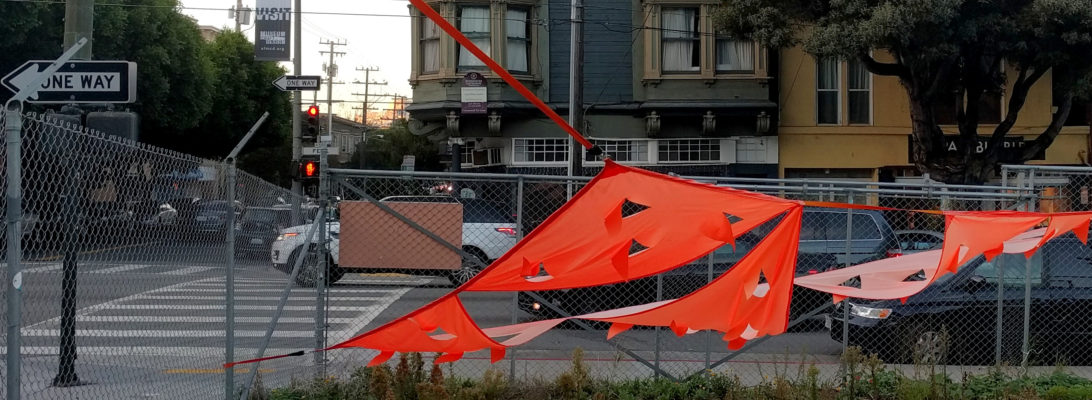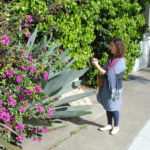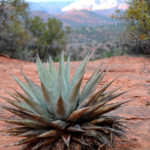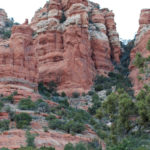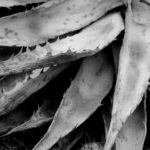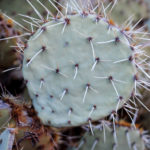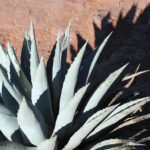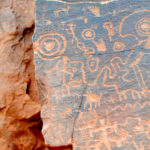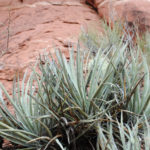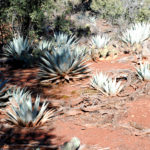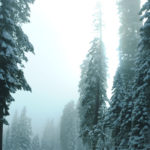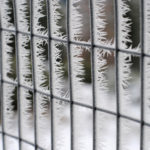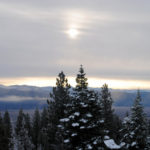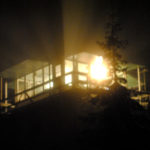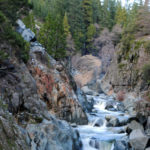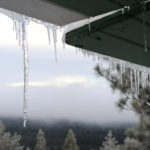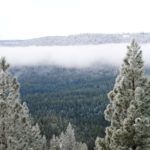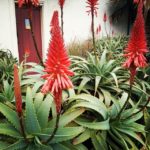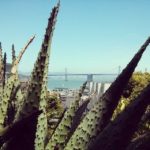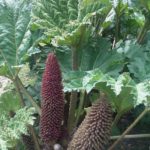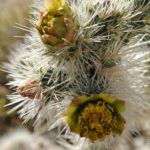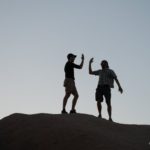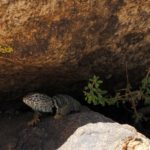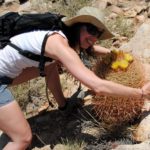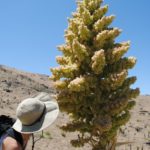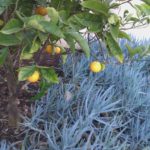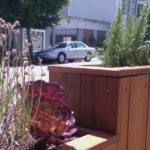a giant spiny agave in potrero hill. check human for size comparison. this specimen had been “de-clawed” (to prevent snagging passersby?) – check out the tips of the leaves. agaves are a lovely drought-tolerant plant for your new california drought friendly landscaping – you’re already putting it in, right?
botany
A stunningly washed out palette from my trip to Arizona for Christmas. We packed up the car after a Christmas morning brunch of lox bagels over gift opening and drove for hours and hours through the central valley of California. Eating kettle corn for dinner and arriving at our overnight destination of the Mojave Desert for an extremely cold, extremely windy night in the back of the Xterra.
Bright and early the next morning, we headed out what must be a running contender for one of America’s loneliest highways, headed for Sedona, Arizona. Across the Colorado River and through some stunning desert rocky landscapes, we were disappointed to start driving through snow, and even colder temps, as we approached Flagstaff. Driving 16 hours south from San Francisco netted us a nice 30 degree temp drop.
Arrived in Sedona, Arizona with only a couple hours to spare before winter’s early night, and made a quick loop of some red rock hiking trails, marvelling at the bright red soil and assortment of prickly evil botanicals lining the paths.
Amongst mountain biking (scary, fun, and dangerous all together – an entirely new experience for this very experienced cyclist) and eating (in Sedona, a totally disappointing experience in every way), and we made time to visit various historical and cultural monuments. Learning about the history, culture, and human landscapes of the Verde Valley was fascinating.
Even something as simple as a cluster of agave plants might, possibly, be impacted by humans having cultivated these extremely slow-growing edibles – hundreds or even thousands of years ago. We learned that various groups of people living in the area over the past had used agave not only for fiber, but for food – the plant stores its sugary reserves in a central core for years or decades before expending all of its food energy into creating one gigantic flower stalk – then it dies. We saw remains and evidence of agave roasting pits at several of the historical cliff dwelling sites we visited, and learned that the sugary pulp was dried after roasting and extraction – and tiny balls of fiber indicate human inhabitation (people chewed on the “agave leather” and spit out the fibers, much like mango fiber, afterwards).
The prickly pears were nearly ubiquitous, making sitting, biking,and hiking an experience of avoidance. They, too, are edible, but must first be de-spined before eating their rubbery, moist interiors (sounds terrible but the have the texture of a cooked pepper or softened cucumber which is actually refreshing and juicy).
The petroglyphs (chipped into stone) and pictographs (created with mixtures of pounded colored minerals and animal fat) we were able to view were fascinating. Of course, no one know for sure what any of them mean, so most often, we hear a lot about “ritual uses”. Makes you wonder what future archaeologists will say about us (which reminds me, also, of this wonderful book from my childhood school library: “Motel of Mysteries” by David Macauley, in which a future Howard Carson excavates a motel from the 1980s, drawing bizzare conclusions about the ritual uses of the toilet.)
Nonetheless, it was amazing learning about not only the art, but also the cliff dwellings and masonry structures built by these ancient peoples, especially when we learned they did not have metal – everything was created by hand, stone-on-stone, using stone to break other stones, and so forth. The area seems a tough place to settle and make a civilization – super dry, very cold in winter, extremely hot in summer, little vegetation (at least, that which is not covered in thorns and spines), yet this area held the clues to at least several passing civilizations and a trading center. The most interesting and mysterious artifacts were seashells used as decorations, and imagining how those could have been traded, by foot (pre-horse), hundreds and thousands of years ago.
A sweet wintry photoset from the Sierras this December. Little snow cover on the ground, hiking in to a fire tower to spend two toasty nights. Waking up to creaking ice on the wooden roof and delicate hoarfrost crystals on the catwalk. Jeffrey pines encrusted in frost, mysterious valley fog rising up to cover the view of the fields and valleys below. A rushing stream flows over and under the Pacific Crest Trail.
#sf #seacliff #bikeride #botany love these beauties! What are they called?
Sf bay bridge and spiky weird thorned aloe #sf #botany
What am I? (@ the DeYoung SF)
Ever gorgeous desert light. Blooming cacti. Decades of slow growing yucca fibers, saving their energy for large, rustling blooms. Hot, silent, flickering lizards. Long shadows, quick sunsets.
Camping in Kirby Cove. Foghorns, starfish, dead birds, wildflowers, tugboats, and more! Check out the full post at OhHaiCa to see more photos. Learn about Cowparsnips, Brassica Rapa, and other wonderments of Marin County.
Oranges and blue succulents – winter in San Diego!
View from inside the new parklet in front of abir
